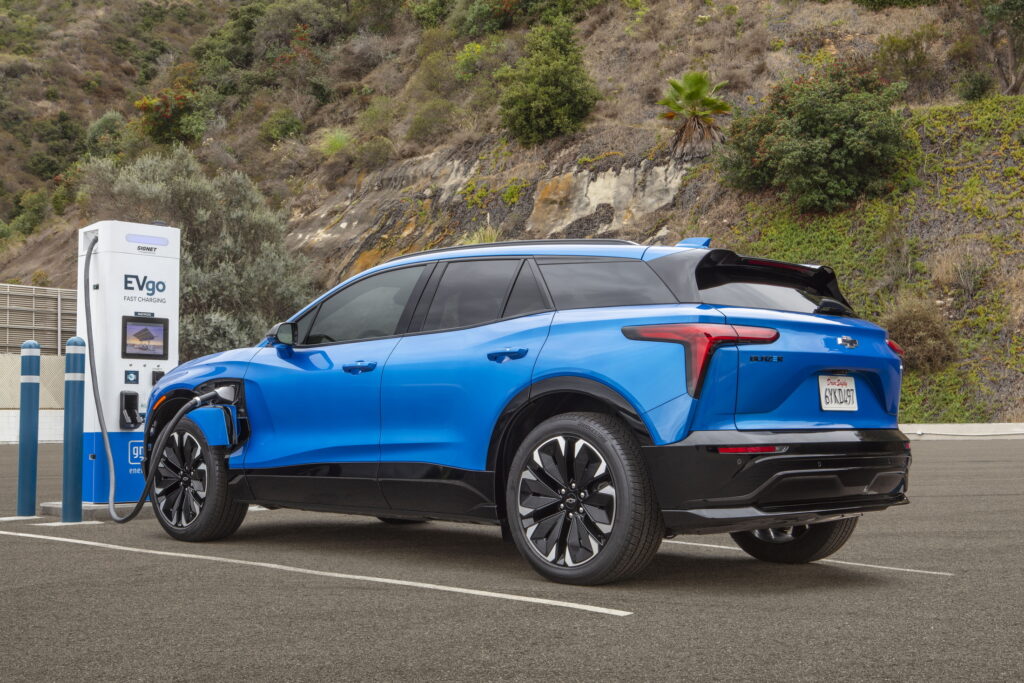Get ready to rev up your knowledge on the latest developments in the electric vehicle (EV) industry as we dive into General Motors’ recent updates. From production forecasts to strategic investments, GM is making waves in the automotive world with its bold moves. Let’s take a closer look at how these decisions are shaping the future of EVs and what it means for both GM and the industry as a whole.
Explanation of the Production Forecast Reduction
General Motors recently announced a reduction in their electric vehicle production forecast, causing a stir in the automotive industry. This adjustment comes amidst various challenges faced by the company, such as supply chain disruptions and semiconductor shortages. As GM works to overcome these obstacles, they have revised their initial projections to adapt to the current market conditions.
The decision to lower the production forecast highlights the complexities involved in scaling up EV manufacturing while navigating unpredictable external factors. Despite this setback, GM remains committed to its long-term goal of transitioning towards electric vehicles. By recalibrating its strategy, GM aims to optimize efficiency and ensure sustainable growth in an evolving market landscape.
This shift underscores the importance of flexibility and resilience in today’s rapidly changing business environment. As GM refines its approach to meet shifting demands and technological advancements, it sets a precedent for adapting strategies proactively within the dynamic realm of electric vehicle production.
Impact on the EV Market
The recent decision by GM to reduce its EV production forecast has sent ripples through the electric vehicle market. This move raises questions about the overall demand for electric vehicles and the competitive landscape within the industry.
With GM scaling back its production targets, other players in the EV market may see opportunities to gain a larger share of the growing sector. This adjustment could lead to increased competition among automakers striving to dominate the electric vehicle space.
Investors and consumers alike are closely watching how this development will impact the pricing and availability of electric vehicles in the coming months. The shift in GM’s strategy underscores how quickly trends can change in this dynamic and rapidly evolving industry.
These changes highlight the need for adaptability and innovation as companies navigate an increasingly crowded marketplace for electric vehicles.
Analysis of GM’s Investment in Cruise
GM’s decision to invest $850 million in Cruise, a self-driving car startup, showcases its commitment to innovation within the automotive industry. By backing Cruise, GM aims to accelerate the development of autonomous vehicles and stay ahead in the competitive electric vehicle market.
This strategic investment not only strengthens GM’s position in the EV sector but also signals its focus on advanced technologies like AI and machine learning. With Cruise’s expertise in self-driving software combined with GM’s manufacturing capabilities, this partnership has the potential to revolutionize transportation as we know it.
By allocating resources towards Cruise, GM demonstrates its forward-thinking approach and willingness to adapt to changing consumer demands. This move reflects GM’s long-term financial strategy aimed at diversifying its portfolio and solidifying its relevance in an evolving industry landscape.
Benefits and Challenges for GM’s EV Strategy
GM’s decision to invest in electric vehicles comes with a plethora of benefits and challenges. On the bright side, entering the EV market allows GM to align with global trends towards sustainability and innovation. By expanding their electric vehicle lineup, they can cater to environmentally conscious consumers and stay competitive in the evolving automotive industry.
However, transitioning to EVs presents its own set of challenges. Developing advanced technology for electric vehicles requires significant investment in research and development. GM must also address infrastructural limitations such as charging station availability that could impact consumer adoption rates.
Moreover, increased competition from existing players like Tesla and emerging new entrants poses a threat to GM’s market share in the EV segment. Balancing cost-efficiency while maintaining high-quality standards is crucial for success in this rapidly growing sector.
GM’s strategic shift towards electric vehicles opens up promising opportunities but also demands careful navigation through obstacles unique to the electrified automotive landscape.
Future Predictions for GM and the EV Industry
As GM navigates the shifting landscape of the automotive industry, its strategic decisions in electric vehicles (EVs) are bound to shape its future trajectory. With an $850 million investment in Cruise, GM is positioning itself to compete in the rapidly evolving autonomous driving sector. This move not only showcases their commitment to innovation but also highlights their focus on integrating cutting-edge technology into their overall financial strategy.
The EV market is expected to continue growing at a rapid pace as consumers become more environmentally conscious and governments push for stricter emissions regulations. This presents both opportunities and challenges for GM as it strives to establish itself as a key player in the EV space while adapting to changing consumer preferences.
By investing in Cruise and reducing its EV production forecast, GM is demonstrating a willingness to adapt and evolve with the times. As they navigate these changes, it will be interesting to see how GM’s bold moves play out in shaping the future of both the company and the broader EV industry.
Conclusion
GM’s decision to reduce its EV production forecast while investing $850 million in Cruise reflects the dynamic nature of the automotive industry. By adapting its financial strategy and focusing on cutting-edge technology like autonomous vehicles, GM is positioning itself for success in a rapidly evolving market. The future looks promising for GM as they continue to innovate and lead the way in electric vehicles, setting new standards for sustainability and innovation within the industry. As consumer demand for EVs grows and technology advances, GM’s strategic investments are likely to yield significant returns, solidifying its position as a key player in shaping the future of transportation.
To know more, go to www.qawire.com

